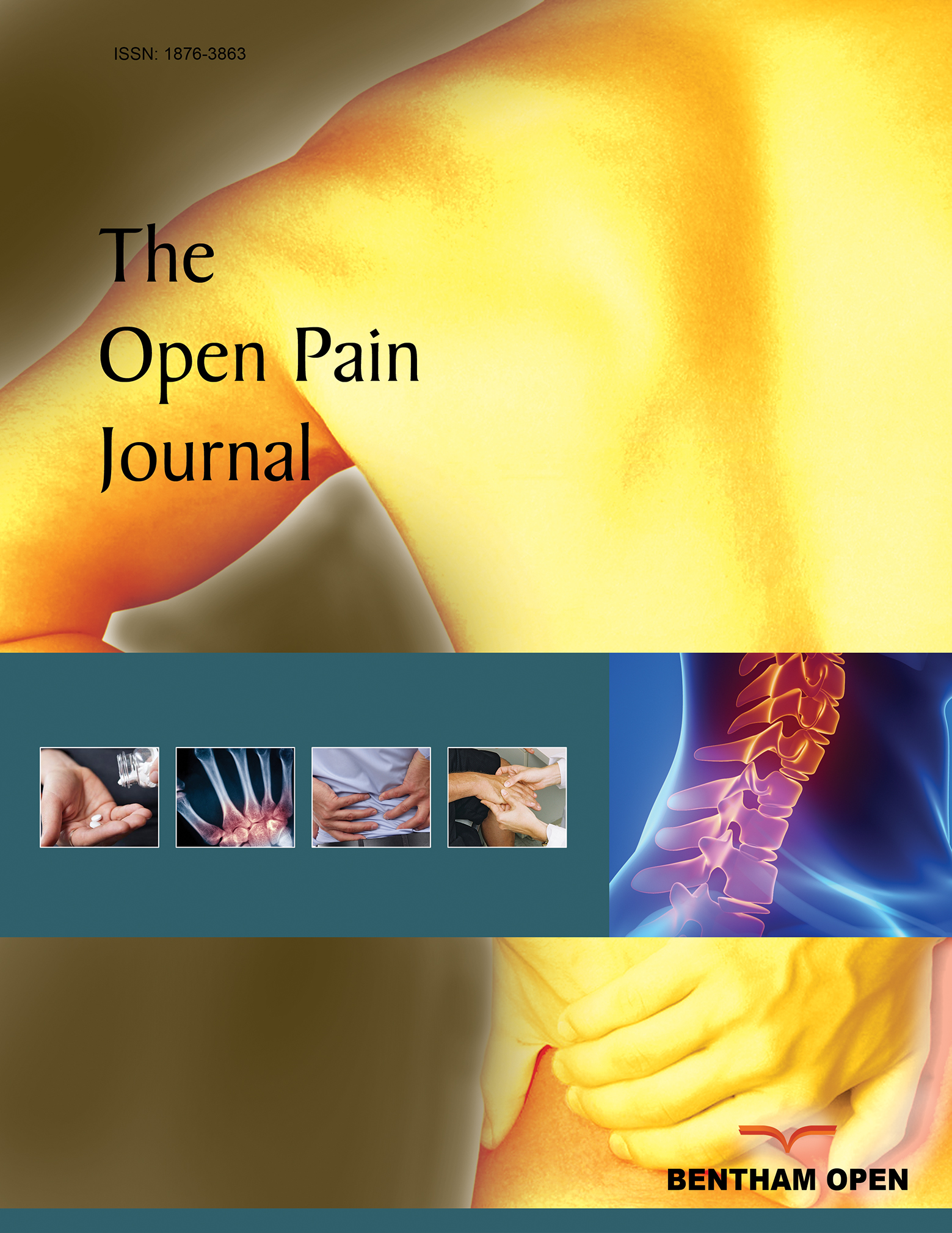All published articles of this journal are available on ScienceDirect.
New Targets in Pain, Non-Neuronal Cells, and the Role of Palmitoylethanolamide
Abstract
Persistent pain in neuropathic conditions is often quite refractory to conventional analgesic therapy, with most patients obtaining, at best, only partial relief of symptoms. The tendency still exists to treat these complex pains with one or a combination of two analgesics at the most. Given the complex nature of the underlying pathogenesis, this approach more often than not fails to produce a meaningful improvement. New targets are therefore badly needed. In this regard non-neuronal cells – glia and mast cells in particular - are emerging as new targets for the treatment of neuropathic pain. An extensive preclinical database exists showing that the naturally occurring fatty acid amide palmitoylethanolamide is endowed with anti-inflammatory activity, and clinical trials assessing the efficacy and safety of palmitoylethanolamide in neuropathic pain have been successful in generating proof-of-concept for treatment in man. Here I will review salient preclinical and clinical evidence supporting non-neuronal cells as viable targets in the treatment of neuropathic pain. This will be followed by a discussion of recent proof-of-concept clinical trials demonstrating the efficacy and safety of palmitoylethanolamide in the treatment of various neuropathic pain states.


